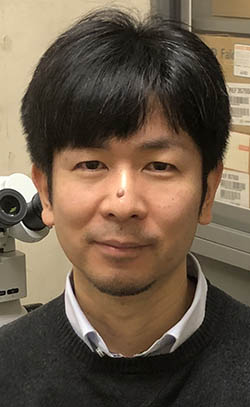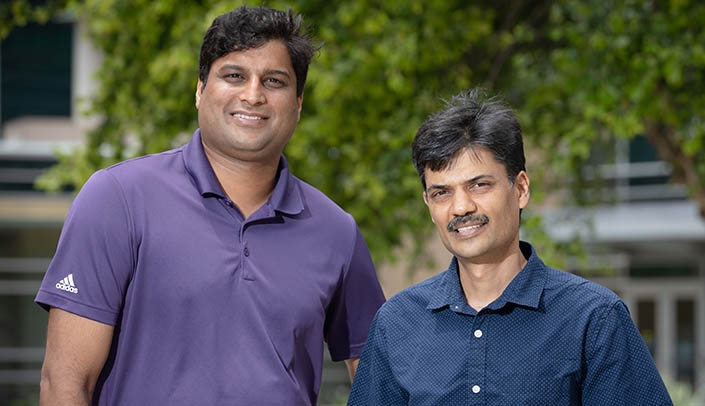Channabasavaiah Gurumurthy, PhD, is an expert in creating mouse models to study human diseases. Mice constitute about 70% of all the laboratory animal models used in biomedical research.
So when severe acute respiratory syndrome coronavirus 2 (SARS-CoV-2) infection started showing up in the U.S., Dr. Gurumurthy and his team began to think about using mice for SARS-CoV-2 research.
 |
Masato Ohtsuka, PhD |
It would be quite a challenge: SARS-CoV-2 does not infect regular lab mice because they don’t have receptors in their cells that cause them to be infected with COVID-19. Mice have to be genetically modified to express the human angiotensin converting enzyme 2 (ACE-2) protein, which serves as a receptor to enable the disease to infect the host.
Genetically engineering mice is complex and requires quite an effort, Dr. Gurumurthy said, but with the help of their Easi-CRISPR technology, such models can be developed easily. Three co-developers of Easi-CRISPR, Dr. Gurumurthy, his lab member Rolen Quadros and his long-time collaborator, Masato Ohtsuka, PhD, have created blueprints for almost 30 different mouse models suitable for studying COVID-19. The work is published in Nature Protocols titled, “Designer mouse models to help fight Covid-19.”
Why 30 mouse models?
“Not all patients get the same symptoms so you can’t use the same mouse model,” said Dr. Gurumurthy who also has a degree in veterinary medicine. “The designer mice are tailored to exhibit COVID-19 disease in different parts of the body by conditionally expressing ACE 2 in certain areas.”
The mouse models exhibit COVID-19 manifestations of problems in the heart, lungs and liver. There also are general purpose models and specialized ones such as immunocompromised mice that have diabetes, immune system diseases and other conditions.
“We know they will work,” he said. “One group already made one or two mouse models and they are published in high profile journals. A number of companies have started making the mouse models.”
Dr. Gurumruthy is the first and co-corresponding author. Other authors are: UNMC’s Rolen Quadros and Larisa Poluektova, MD, PhD; Suzanne Mansour, PhD, University of Utah, Salt Lake City; Guy Richardson, PhD, University of Sussex, Falmer, Brighton, United Kingdom; and senior author, Masato Ohtsuka, PhD, Tokai University, Isehara, Japan.

Awesome work! Congrats to Guru and his team.
Congrates Guru, Rolen and team..